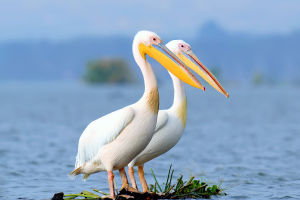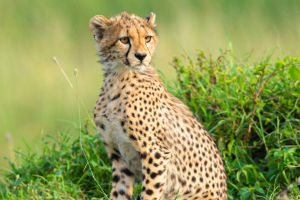Zebras are one of the most recognizable animals in the world, known for their distinctive black-and-white stripes. These fascinating creatures belong to the horse family and are native to Africa, primarily found in savannas, grasslands, and mountainous regions.
Dear Lykkers, In this article, we will explore the different species of zebras, their unique adaptations, social behavior, and conservation status.
Types of Zebras
There are three main species of zebras, each with its own characteristics:
Plains Zebra (Equus quagga): The most common species, known for its striking stripes that can vary in pattern. They are often found in large herds across eastern and southern Africa.
Grevy's Zebra (Equus grevyi): The largest and rarest species, recognized by its narrow stripes and large ears. Grevy's zebras are primarily found in northern Kenya and Ethiopia and are known for their solitary behavior.
Mountain Zebra (Equus zebra): Found in mountainous regions of South Africa and Namibia, mountain zebras have a unique gridiron pattern of stripes and are adapted to rugged terrains.
Top 25 Amazing Facts About Zebras
Video By Top10Best
Unique Adaptations
Zebras have several adaptations that help them survive in their natural habitats:
Camouflage: The stripes of zebras serve as a form of camouflage, helping them blend into their environment. This makes it harder for predators to single out an individual zebra from a herd.
Social Structure: Zebras are social animals that live in herds, which provide protection against predators. They often engage in cooperative behaviors, such as grooming and caring for young.
Communication: Zebras communicate through a range of vocalizations, body language, and facial expressions. Their strong social bonds are crucial for their survival in the wild.
Feeding Habits
Zebras are herbivores, primarily grazing on grasses, leaves, and shrubs. They have strong digestive systems that allow them to break down tough plant material. Their ability to adapt their diet based on seasonal changes ensures they can find food year-round.
Zebras are remarkable creatures that play a vital role in their ecosystems. Their unique adaptations and social structures make them a fascinating subject of study. As we work towards conservation efforts, it is essential to recognize the importance of preserving these iconic animals and their habitats for future generations.


